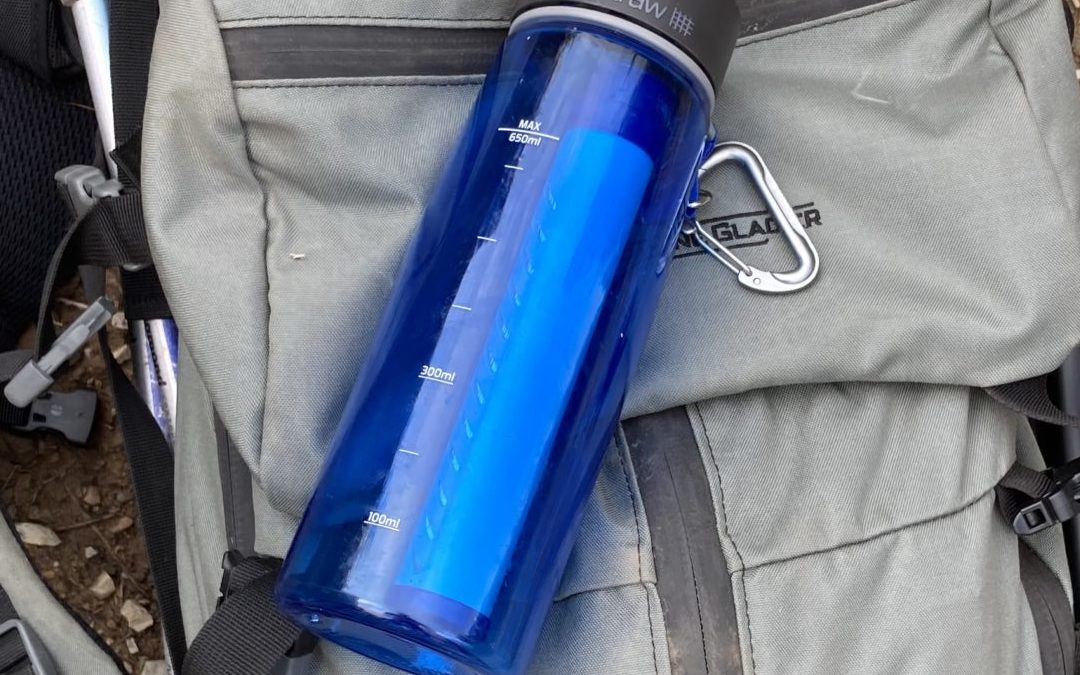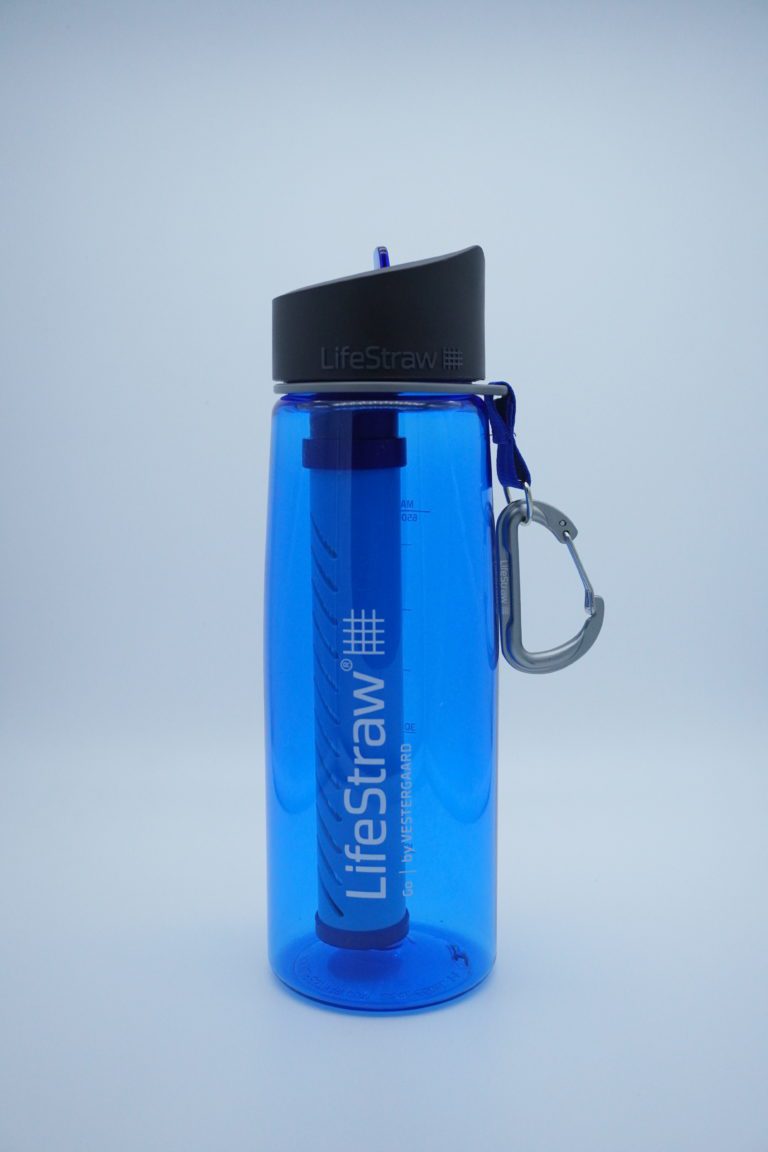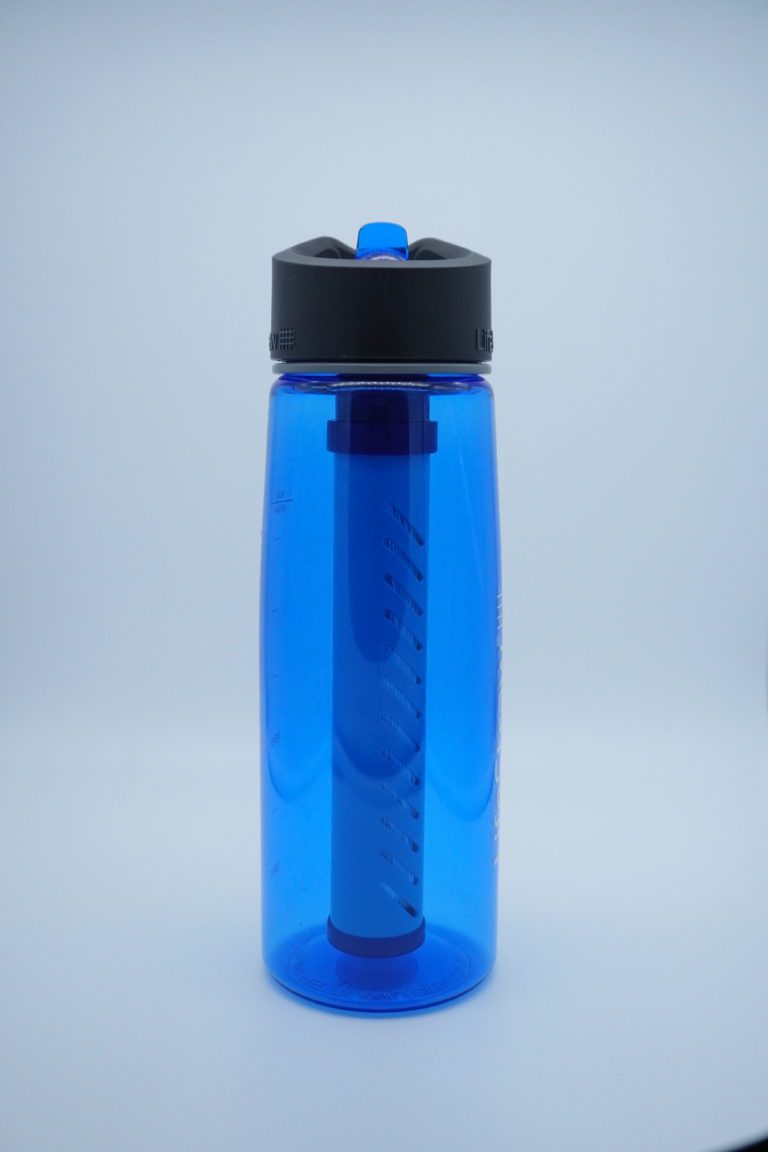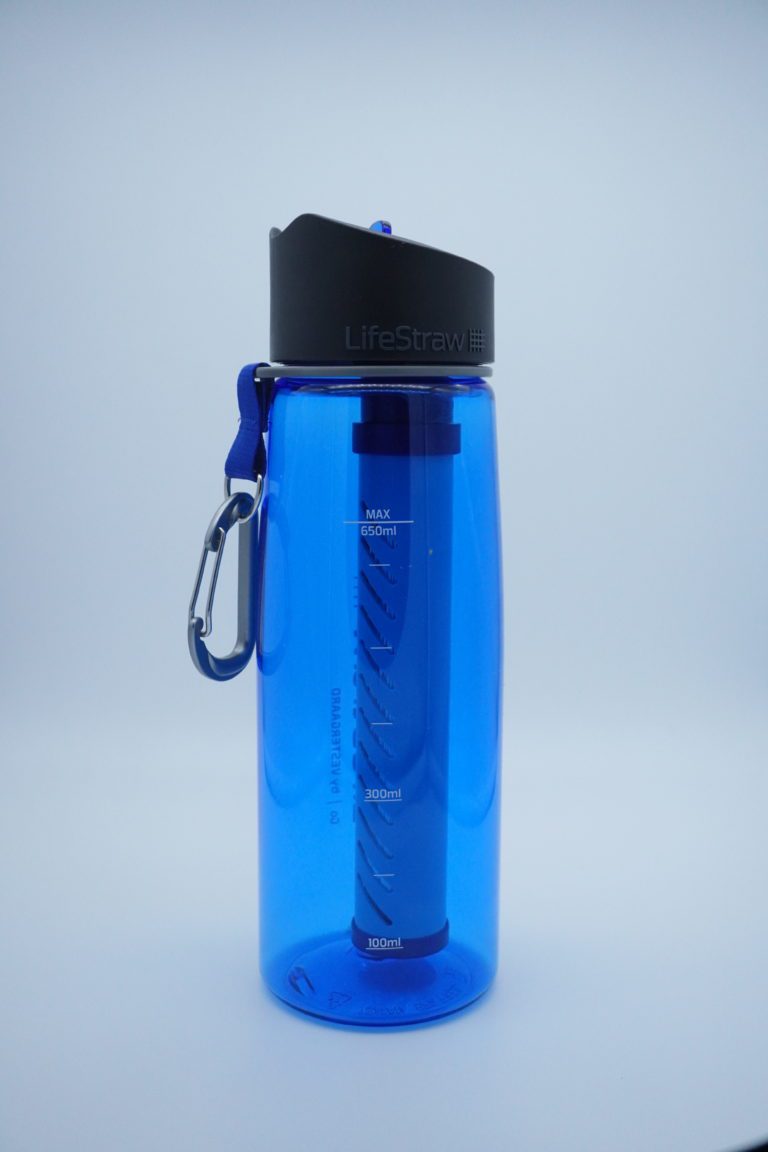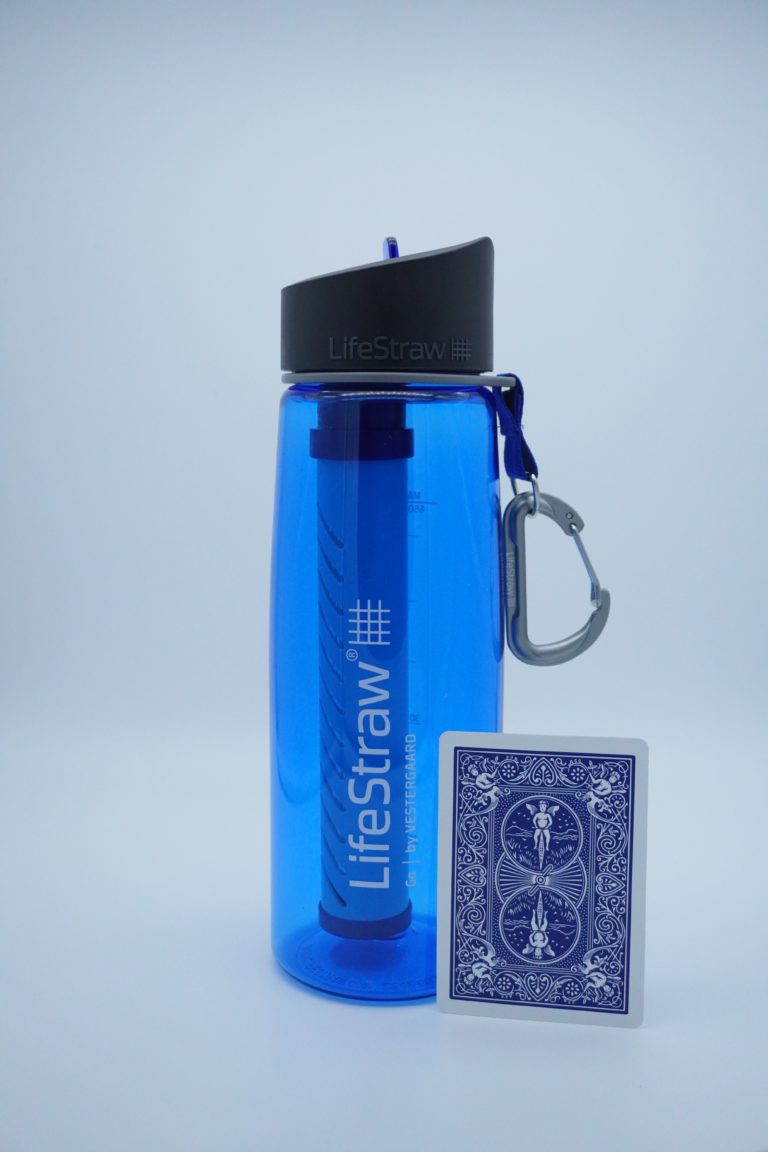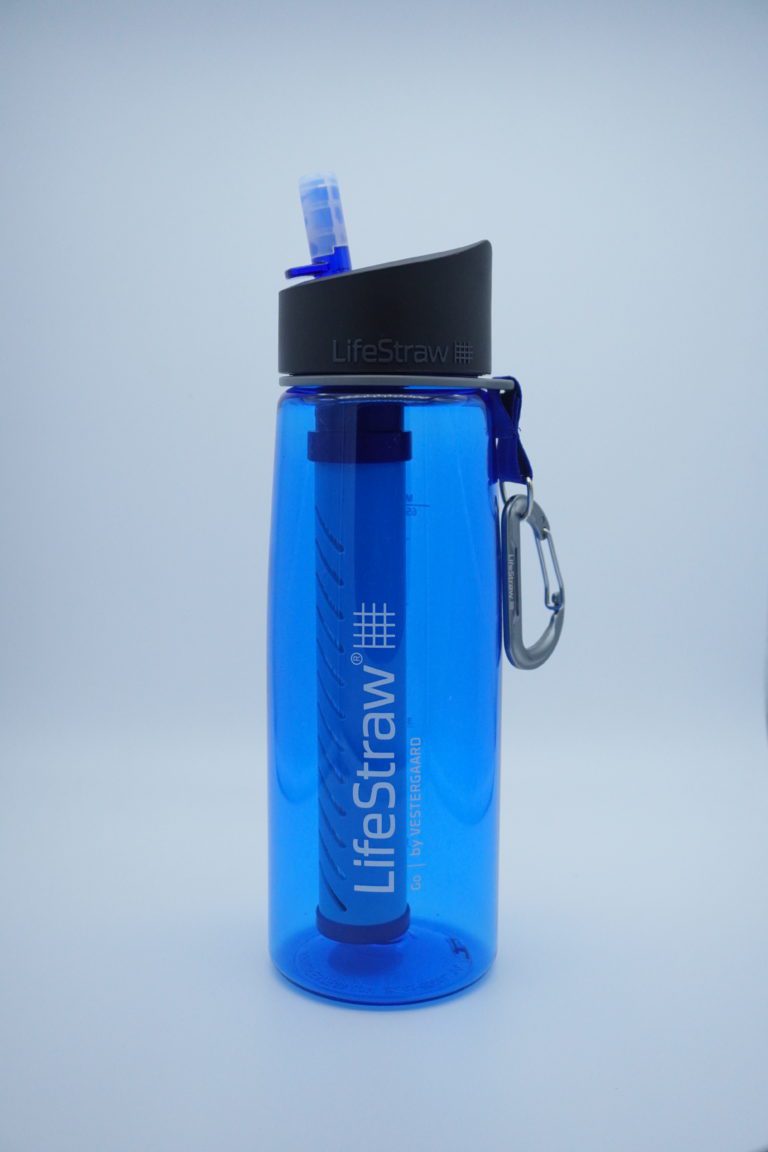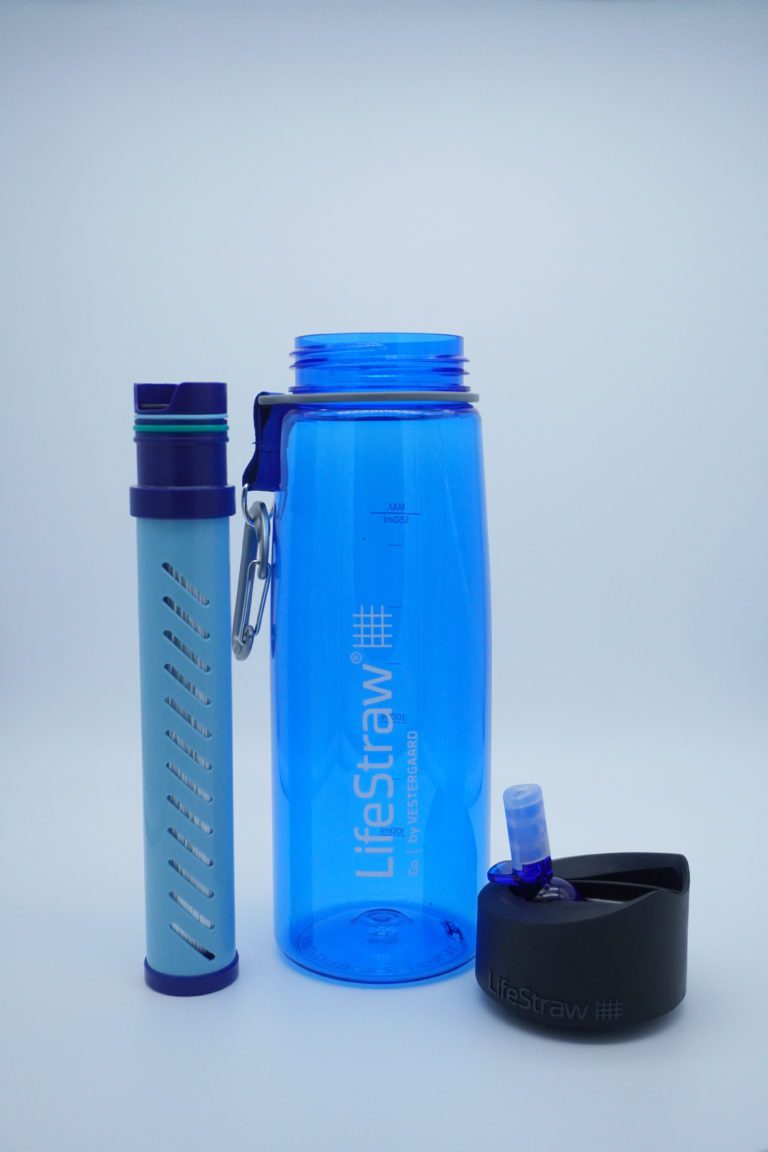Overall Score
- Ease of Use 65%
- Durability 90%
- Seal 70%
- Maintenance 80%
- Insulation 30%
Key Takeaways
Great for Emergencies
The filter is capable of removing most pathogens and it is small enough to keep in a car or backpack in case of an emergency.
Durable Design
Made with high quality plastic and the filter is well protected.
Filter is Expensive to Replace
At the time of the review, a replacement filter (two parts) cost more than a new bottle.
Replaceable Parts
Interested in Buying?
Overview
LifeStraw was the first to pioneer the “filter straw” allowing users to filter water as they actively drink and they now make a water bottle with the same technology. Using a two part filter system, a LifeStraw bottle will remove 99.999999% of bacteria, 99.999% of parasites and 99.999% of microplastics, silt, sand, and cloudiness. The first part is a microfilter using hollow fiber membrane technology – a similar technology used in kidney dialysis. The second step relies on a carbon filter for removing chemicals such as chlorine that affect the taste. This filter had been independently lab tested to meet drinking water protocols established by the US Environmental Protection Agency (EPA) and NSF International/ANSI.
The size and simplicity of LifeStraw make it a good option for travel or camping. The bottle is durable, lightweight and the filter is intuitive: use it like you do a straw in a milkshake. Some user’s expressed frustration with the amount of suction that was required to move water through the filter. Readers should also keep in mind that the bottle with the filter is not compatible with electrolytes.
HydrationReview appreciated that LifeStraw is a B Corp and Climate Neutral Certified brand. As a part of their philanthropy effort they provide LifeStraw products to children without access to clean water throughout the world.
Ease of Use
The LifeStraw Go bottle is a compact and effective all-in-one bottle and water purifier. If you are considering this product, keep in mind that water bottles with filters always require more effort to operate than standard ones without a filter, like a Nalgene. From what our team has seen, there is no getting around it because additional energy is required to move the water through the filter. In this particular model, the suction applied when drinking through the straw, draws water from the bottle, through the filter and out of the mouthpiece. This is a bit different from bottles like Grayl where the user filters all the water in the bottle first before drinking it. There are pros and cons to each method and it comes down to personal preference.
LifeStraw Go is easy to use but does come with some additional caveats. The bottle is not capable of handling electrolytes because they would be filtered out. If the filter is removed electrolytes could be used but the user would have to make sure the bottle had been properly sanitized after it carried any dirty water. Sharing water with friends can also be a challenge because there is no way to filter water and then deposit into a different vessel.
Like any tool, this bottle is not appropriate for every person in every situation but certainly has useful applications. For extended camping trips that require constant water filtration we would recommend a different system where more water can be filtered at one time and transferred to different vessels. If you are just going out for a short hike, packing this bottle can be effective for any unforeseen circumstances where you may need to filter a little water while you’re out. Similarly this bottle could be helpful for traveling to foreign countries where even tap water may be dangerous. One can always remove the filter and use it as a regular water bottle when clean water is available then pop in the filter if faced with a shortage of clean water.
If your situation allows for it, we would recommend the 1L bottle over the 22oz bottle for the additional carrying capacity.
Durability
All parts of the LifeStraw Go are surprisingly durable from the mouth piece to filter and bottle itself. The bottle uses Eastman’s Tritan plastic, a high quality material which is also used in Nalgene and Camelbak bottles. Other bottles of the same size tend to use cheaper, more brittle plastics that might not survive a drop onto a hard surface. The filter is protected inside the bottle and also has its own plastic case that would shield it from a fall, if the user were to have it outside the bottle.
LifeStraw offers an impressive 3 year warranty against “defects in material and workmanship” but this does not include the carbon filter.
Seal
Thankfully, no leaks were reported during the seal test. Like the other parts of the bottle, the cap and nozzle are well made and not prone to failure. Additionally, the water requires suction to flow through the straw so there is little chance of a major leak through the nozzle. However, we recommend exercising caution if there is a leak. Unfiltered water on the mouth piece could be a possible source for contamination.
Maintenance
Taking care of the LifeStraw go is very straightforward if the manufacturer’s instructions are followed. The bottle, top and mouthpiece are dishwasher safe, once the filter is removed. The filter can be popped out the top with relative ease as well.
All parts are replaceable and offered on the LifeStraw website including the two part filter system. The two filters have different lifespans and can be replaced separately. The membrane microfilter lasts up to 1,000 gallons (4,000 L) and the activated carbon filter lasts up to 26 gallons (100 L). This translates to 153 refills in the 22 oz bottle or 100 refills in the 32oz version. LifeStraw caveats that both of these limits can be reached with proper use and maintenance. Improper use could shorten the lifespan of both filters.
Arguably, the biggest downside to this system is the price of the new filters. At the time of the review, the combined price of a replacement microfilter and carbon filter was more than a new bottle (which comes with one of each filter). While we hate to see more waste in landfills, users are better off purchasing a new bottle every time the filter needs to be replaced.
Insulation
LifeStraw performed as expected during the temperature tests. The single walled plastic bottle did not retain the cold temperature of the water, reaching room temperature in two hours. If you are going to use your LifeStraw to filter water from cold mountain streams, we recommend drinking it quickly to savor that temperature because it will not last, especially on a hot day.
Interested in Buying?
Go Deeper
Related Reviews
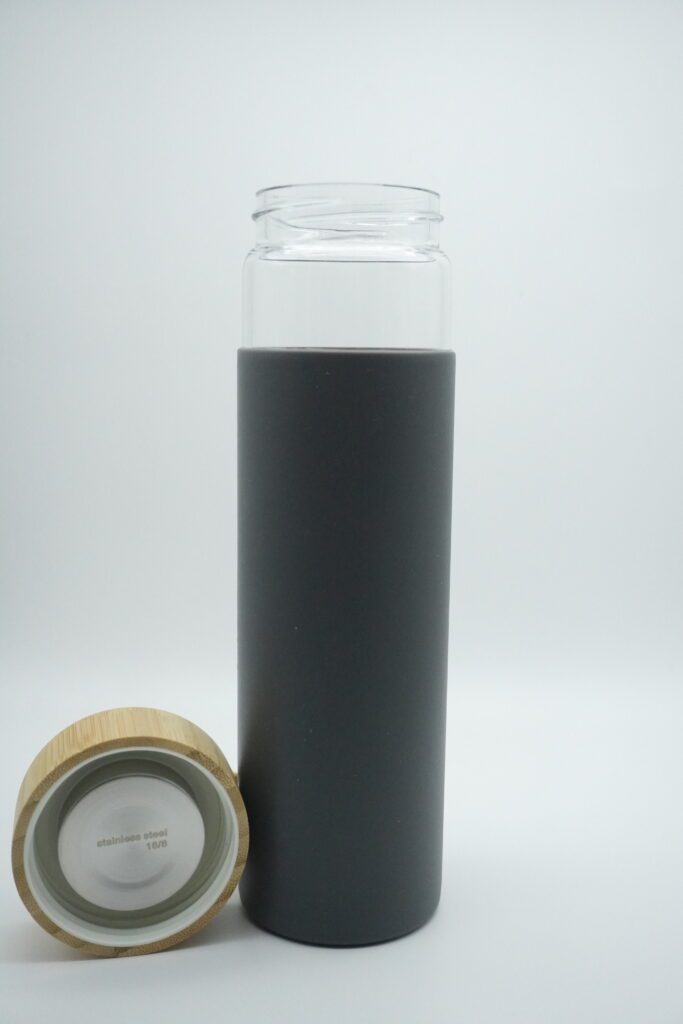
Yomious Water Bottles Review
A lightweight glass bottle great for around the house or office.
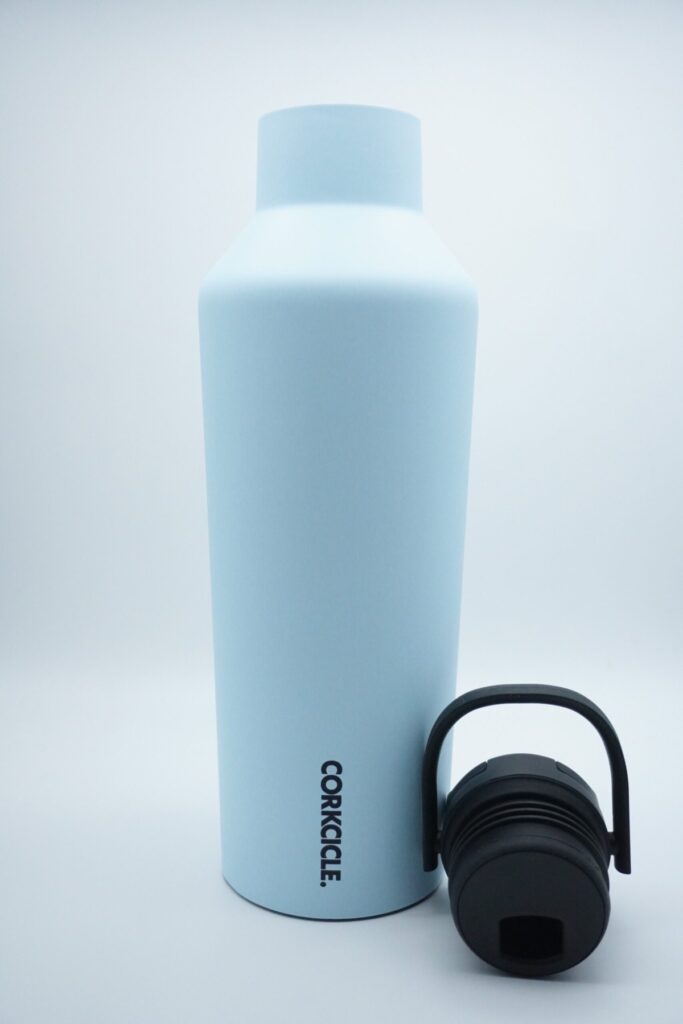
Corkcicle Sport Canteen Water Bottle Review
A surprisingly functional bottle with a number of unique features that actually work.

Yeti Rambler Water Bottle Review
A classic water bottle that deserves its reputation as a hard working and functional.
Stay Updated (and Hydrated)

